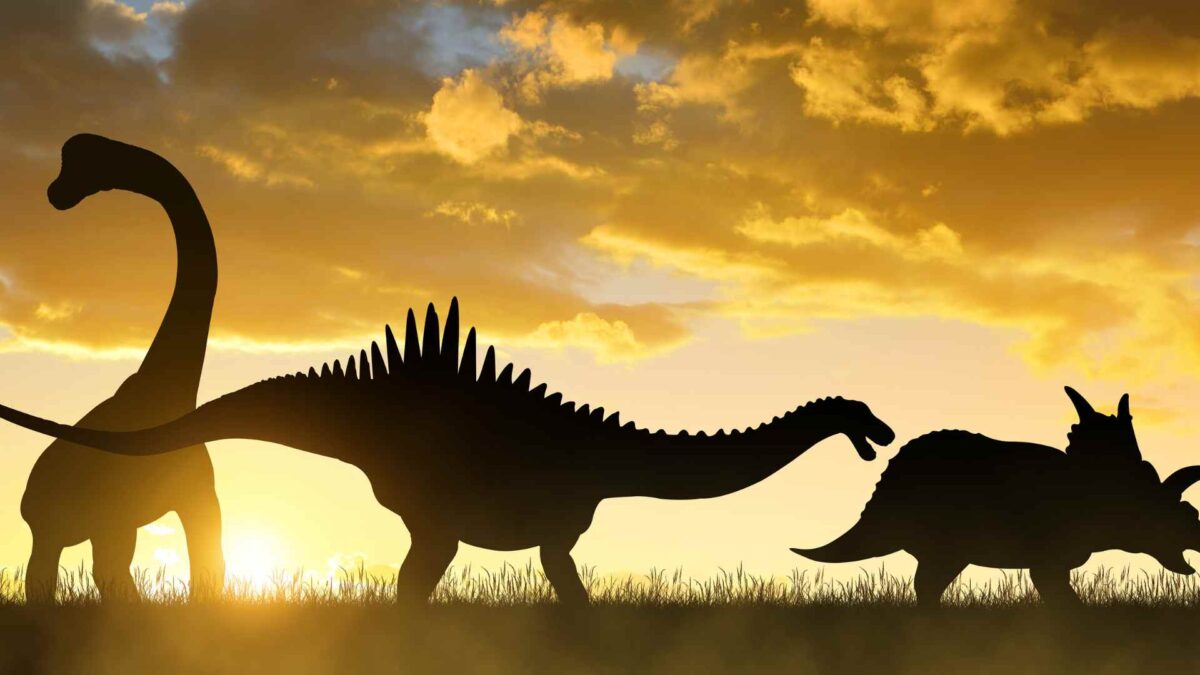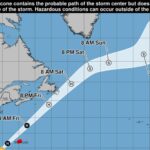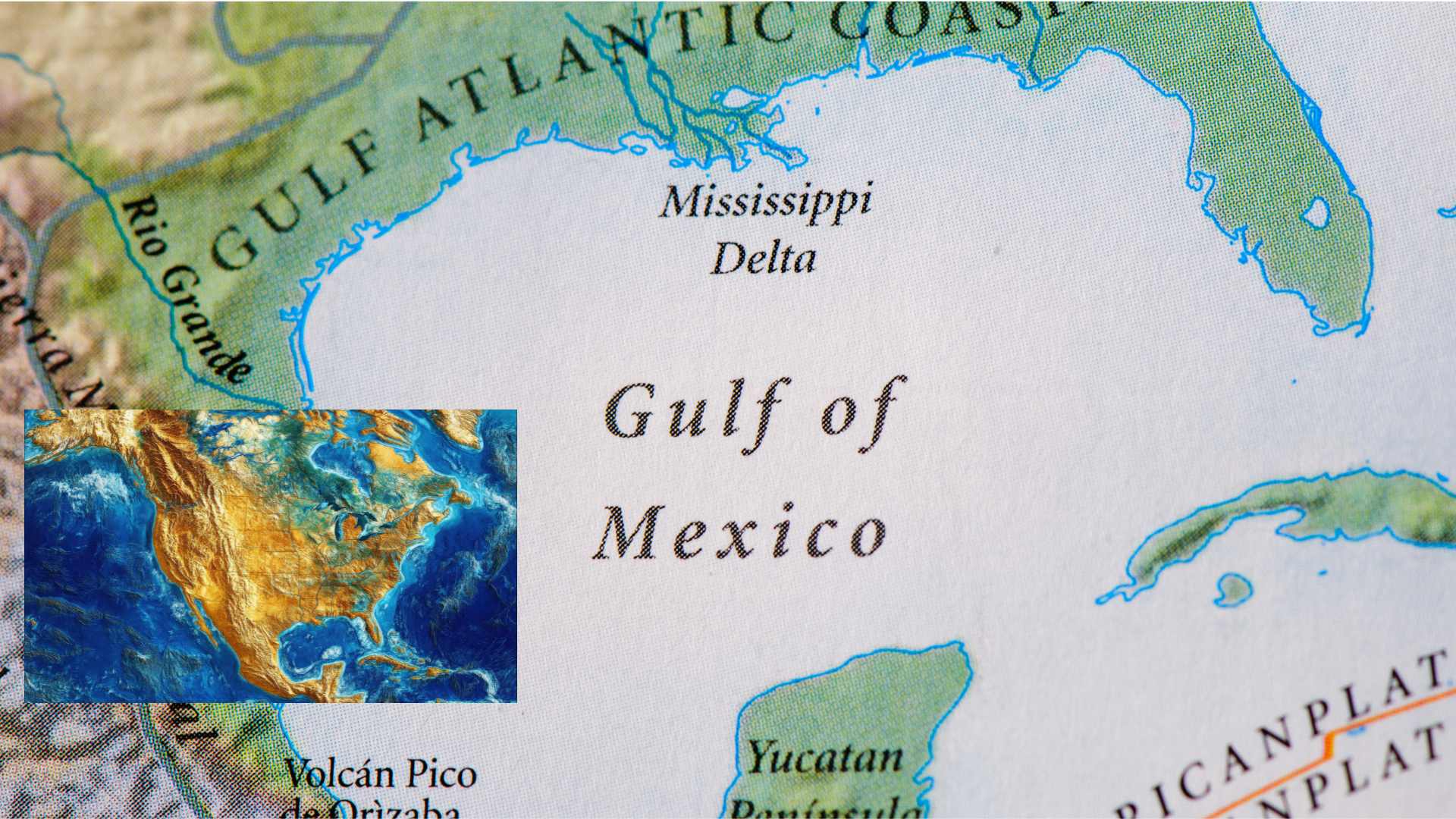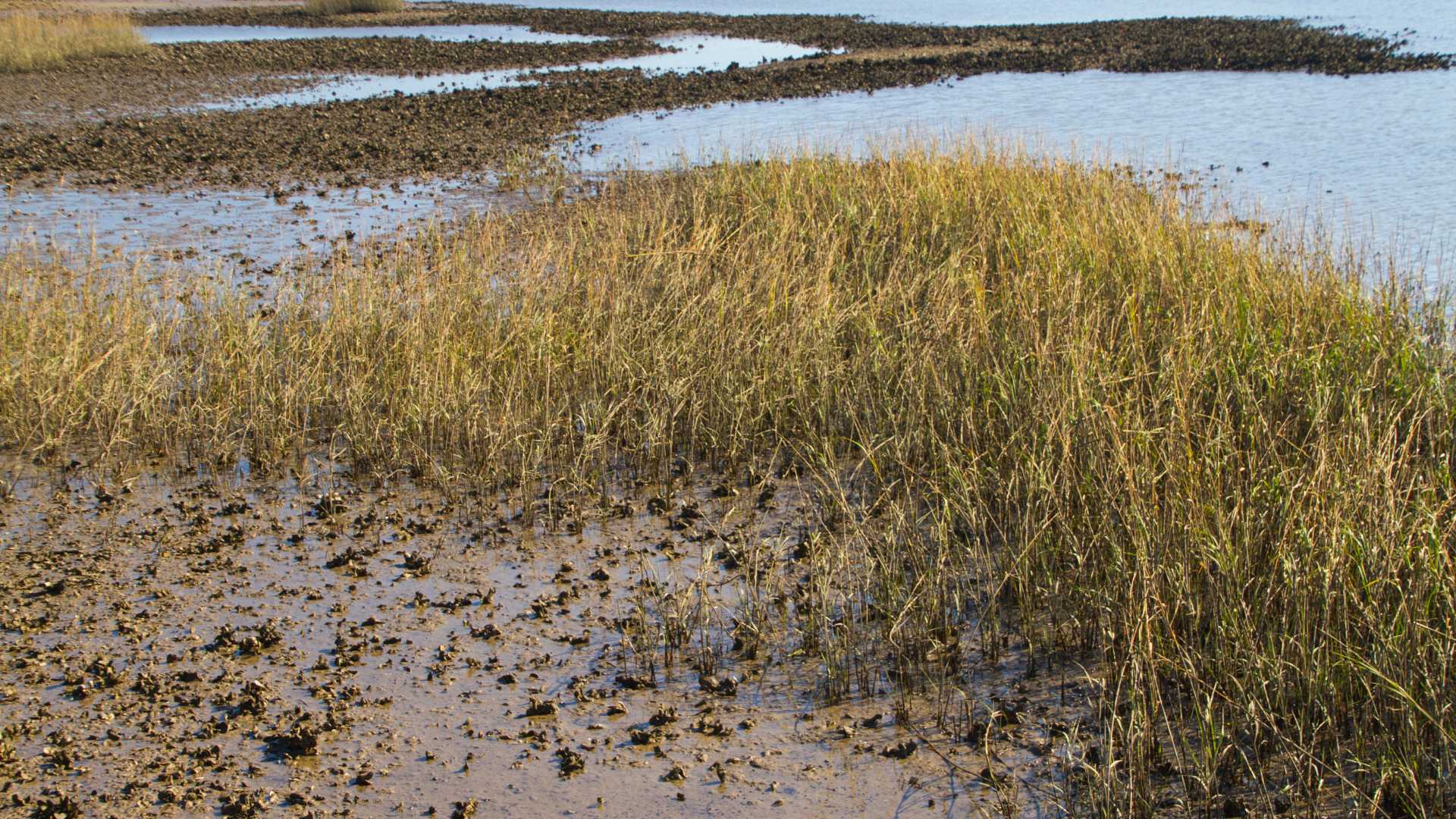
Africa’s Fossils Fill Gaps in Earth’s Deadliest Die-Off

Fossils unearthed in Tanzania and Zambia are offering the clearest view yet of life on land before the “Great Dying,” the mass extinction 252 million years ago that wiped out most species on Earth.
An international team led by the University of Washington (UW) and the Field Museum of Natural History spent more than 15 years excavating the sites, uncovering new species and fresh details about the animals that thrived in southern Pangea before the planet’s largest die-off. Their findings appear in a 14-article series published August 7 in the Journal of Vertebrate Paleontology.
The fossils include small, tusked dicynodont herbivores, saber-toothed gorgonopsian predators and a large salamander-like amphibian. All were found in three fossil-rich basins: the Ruhuhu Basin in southern Tanzania, and the Luangwa and Mid-Zambezi basins in Zambia. Some were collected during recent expeditions starting in 2007, others from specimens stored in museum collections for decades.
“This mass extinction was nothing short of a cataclysm for life on Earth and changed the course of evolution,” said Christian Sidor, a UW biology professor and curator at the Burke Museum. “The fossils we have collected in Tanzania and Zambia will give us a more global perspective on this unprecedented period.”
“We can now compare two different geographic regions of Pangea and see what was going on both before and after the end-Permian mass extinction,” said Sidor. “We can really start to ask questions about who survived and who didn’t.”
The discoveries allow scientists to compare ecosystems in these regions with the well-studied Karoo Basin in South Africa, long the primary source of Permian fossils. The project involved researchers from more than a dozen institutions and was funded by the U.S. National Science Foundation and the National Geographic Society.
Share this WeathÉire story:







